FiiO FT1 review
Has FiiO made a rare slip-up with these wired headphones?
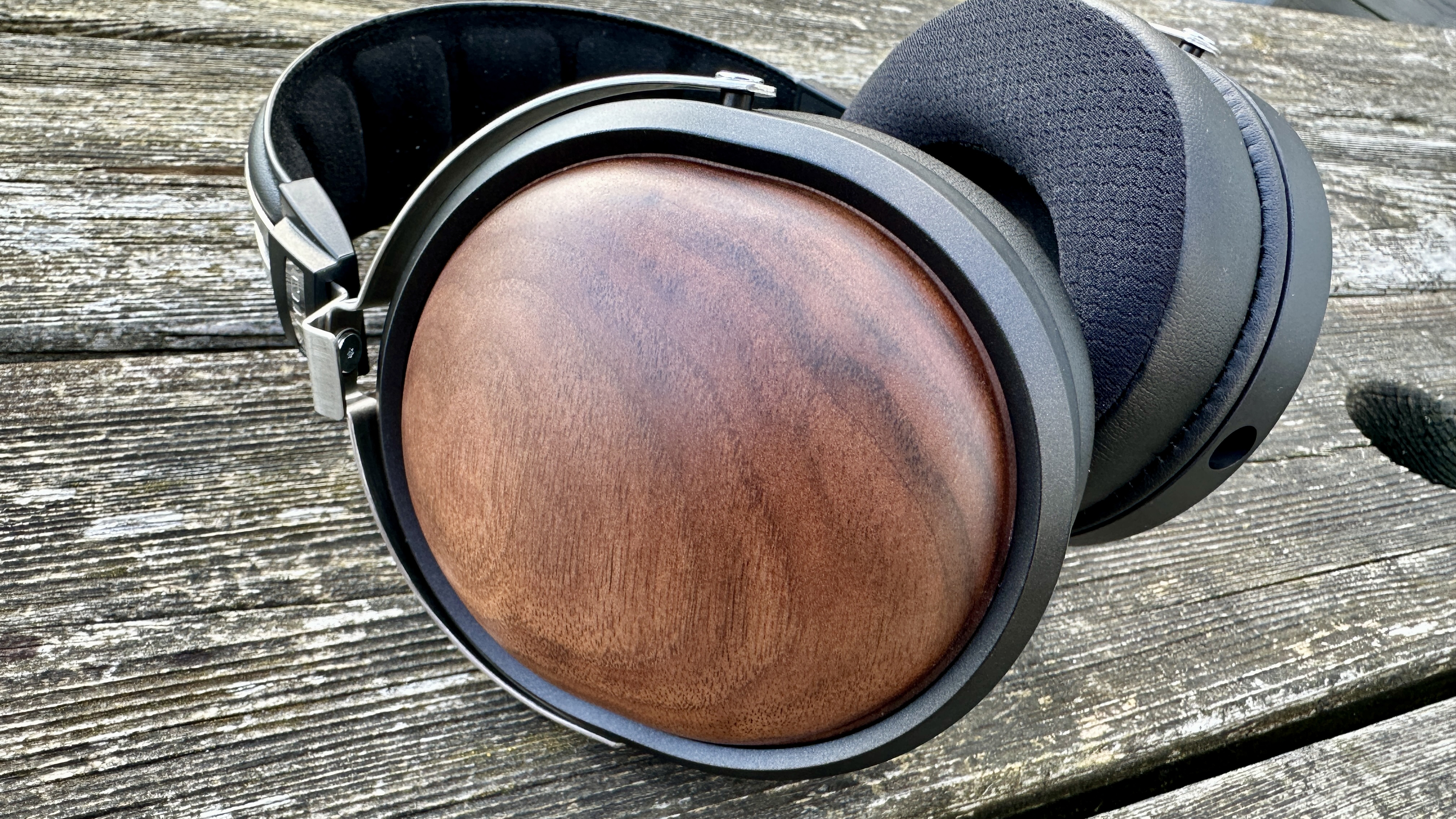
There’s a lot to like about the FiiO FT1, but these headphones are too dogmatic where sound is concerned to be a true success.
-
+
Energetic and forward-facing sound
-
+
Nice materials, expertly assembled
-
+
Well specified (in context of asking price)
-
-
Sound is two-dimensional and over-forceful
-
-
Earcups will be too big for some
-
-
Don’t fold flat
Why you can trust T3

If there’s one thing we’ve all come to rely on FiiO for, it’s value for money. And on paper, the FT1 (remarkably, the company’s very first closed-back over-ear headphones) look to be more of the same – certainly the look and the specification seem to come from an altogether more expensive product.
‘On paper’ is one thing, though, as ‘on the ear’ is quite another here. While we've been mighty impressed by much of FiiO's recent headphones – especially in the best wired headphones category – the FT1 is less of a hit and a rare miss for FiiO. Here's why:
Price & Availability
The FiiO FT1 over-ear headphones are on sale now, and in the United Kingdom they sell for an aggressively priced £139. In the United States they’re a similarly eye-catching $159. No Australian pricing is confirmed at the time of writing, but AU$269 or thereabouts seems likely.
But just because the FT1 are affordable, that doesn’t mean they’re without competition. Austrian Audio, in particular, as well as the likes of Beyerdynamic and HiFiMan, will happily sell you similarly priced, similarly specified products of their own…
Features & What's New?
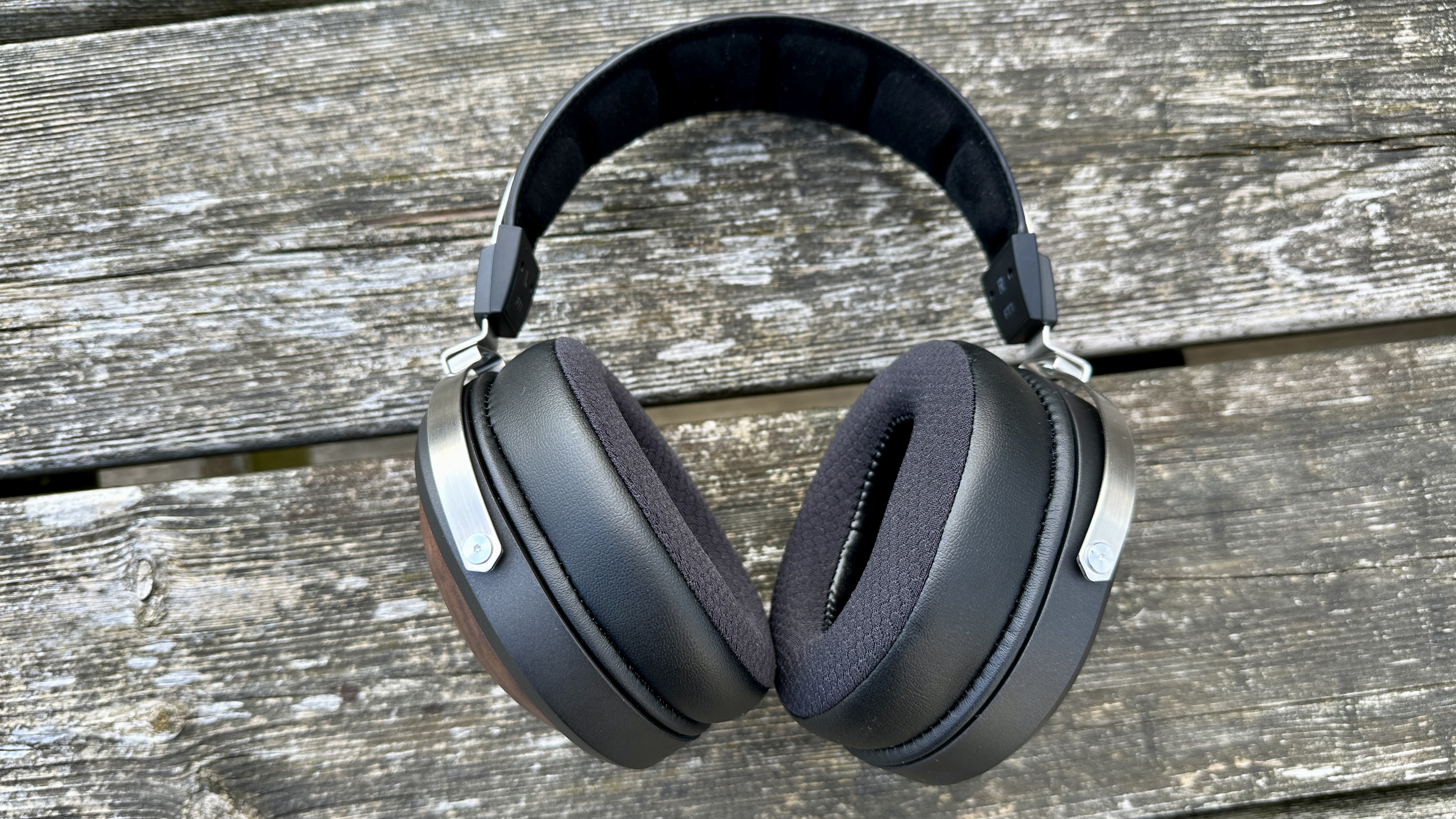
Passive headphones, especially reasonably affordable passive headphones, tend to be quite focused where specification is concerned – which is the same as saying they don’t have all that many features. And that’s as true of the FT1, as it is any of their nominal rivals.
The features they do have are quite impressive, though. For instance, they have a pair of 60mm full-range drivers that are good (says FiiO) for a frequency response of 10Hz-40kHz.
They’re made predominantly from wood-fibre, each is equipped with a 25mm voice coil and W-shaped suspension bracket, and they sit behind a conical baffle plate that is designed to reduce standing waves and to allow the driver to be parallel to the wearer’s ear.
Get all the latest news, reviews, deals and buying guides on gorgeous tech, home and active products from the T3 experts
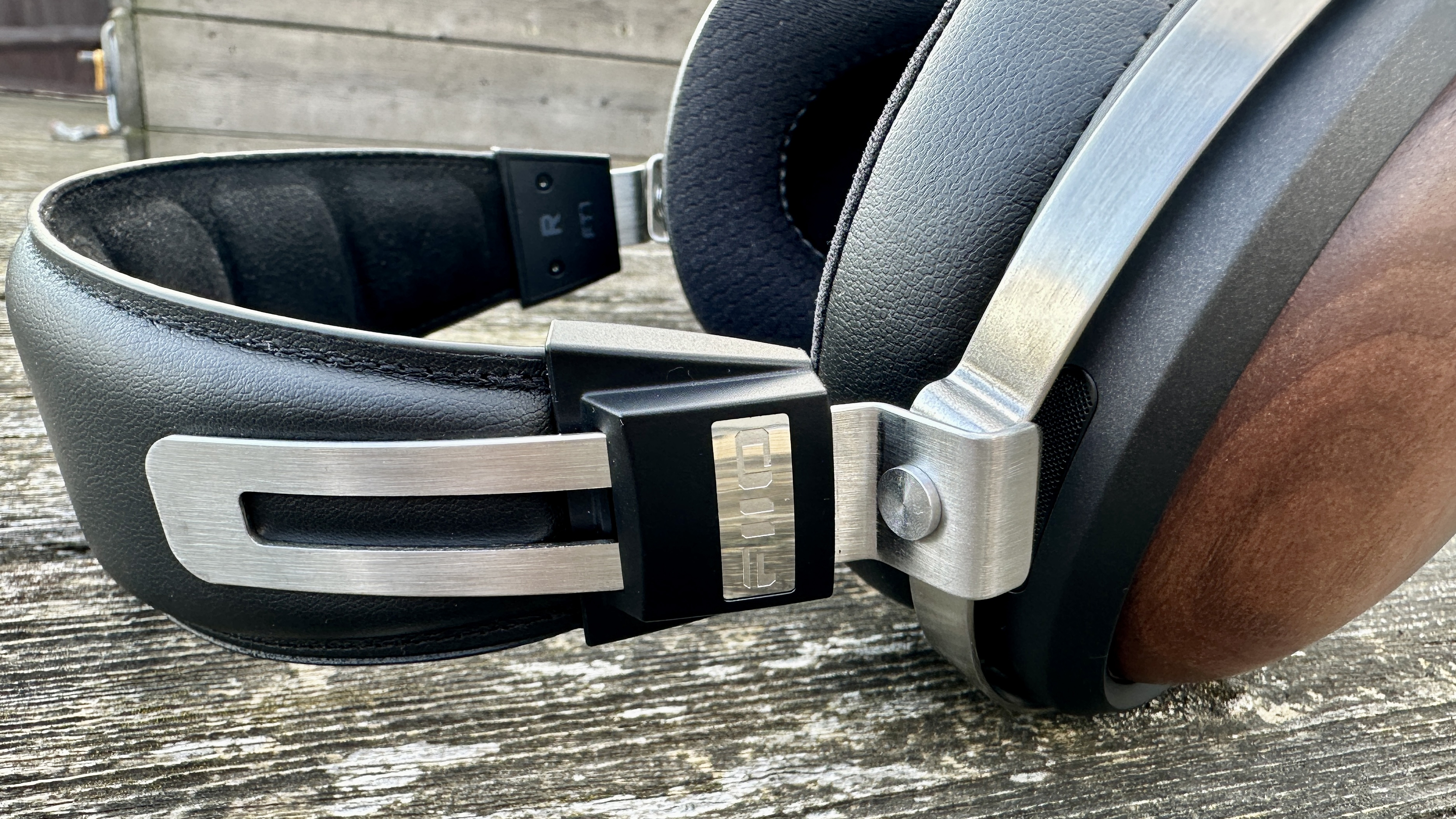
Impedance of 32ohms and sensitivity of 98dB means they’re far from the trickiest headphones to drive, too.
Each FT1 earcup needs to be wired, and FiiO provides a couple of cables for that purpose. They’re both 1.5m long, both constructed from silver-plated oxygen-free copper, and both have two 3.5mm terminations at the earcups end.
One has an unbalanced 3.5mm termination at the business end, while the other has a 4.4mm balanced alternative. This means the FT1 should be able to connect to pretty much any source of music you care to mention – which is doubly handy when you consider these headphones are certified Hi-Res Audio capable both by the Japan Audio Society and the Consumer Electronics Association.
Performance

No two ways about, the performance of the FiiO FT1 is a game of two halves. There’s a lot to like here, but ‘a lot’ is most definitely not the same as ‘everything’.
On the plus side, the FT1 have an energetic and attacking mindset that lends itself well to any number of styles of music – the sort of front-foot, driving presentation that’s on offer here is entertaining and exciting when it’s appropriate. If it’s liveliness you enjoy in a pair of headphones, you’ve come to the right place.
As well as this vigorous presentation, the FiiO is very adept at teasing the details out of a recording and giving them just the right amount of weight and emphasis. They can deal with the broad strokes of harmonic variation, naturally, but they’re also alert to the sort of transient occurrences that lesser designs can simply ignore. If there are fine details in a recording, it seems likely the FT1 can identify them and hand them over.
They’re also very nicely judged where both tonality and frequency response are concerned. There’s a very pleasant neutrality to the overall tone here, and that lets the sonic intentions of the original recording take precedence. And frequency response is smooth and even from the top of the frequency range to the bottom – there are no lumps or bumps in the line from ‘treble’ to ‘bass’.

Low-frequency information is deep and weighty, but thanks to that facility with detail retrieval the FT1 don’t just thump along blandly. There’s texture and variation to bass information here, and sufficient control to allow good rhythmic expression.
The midrange is communicative and direct, and the top of the frequency range has a combination of substance and brilliance that manages to keep the levels of attack just the right side of ‘feral’.
It’s possible to have too much of a good thing, though, and the FiiO are either unwilling or unable to tone things down – even if the music you're listening to doesn’t require a whole fistful of energy and attack, that’s what it’s going to get.
At their least cooperative, the FT1 actively sound likely they’re hurrying – they seem to bully a languid tempo along, and they are almost audibly intolerant of music that doesn’t want, like James Brown, to get on the good foot.
And when you combine this attitude with a soundstaging ability that’s quite two-dimensional and a tendency to sound quite closed-in and narrow, you’re left with a presentation that is almost relentless.
There’s no real sensation of the rear of the stage – everything that happens in a recording seems to happen right at the front, and there’s not a lot of room for individual elements to manoeuvre. The overall presentation can sound forced, to the point that in the wrong circumstances it can be quite tiring.
Design & Usability
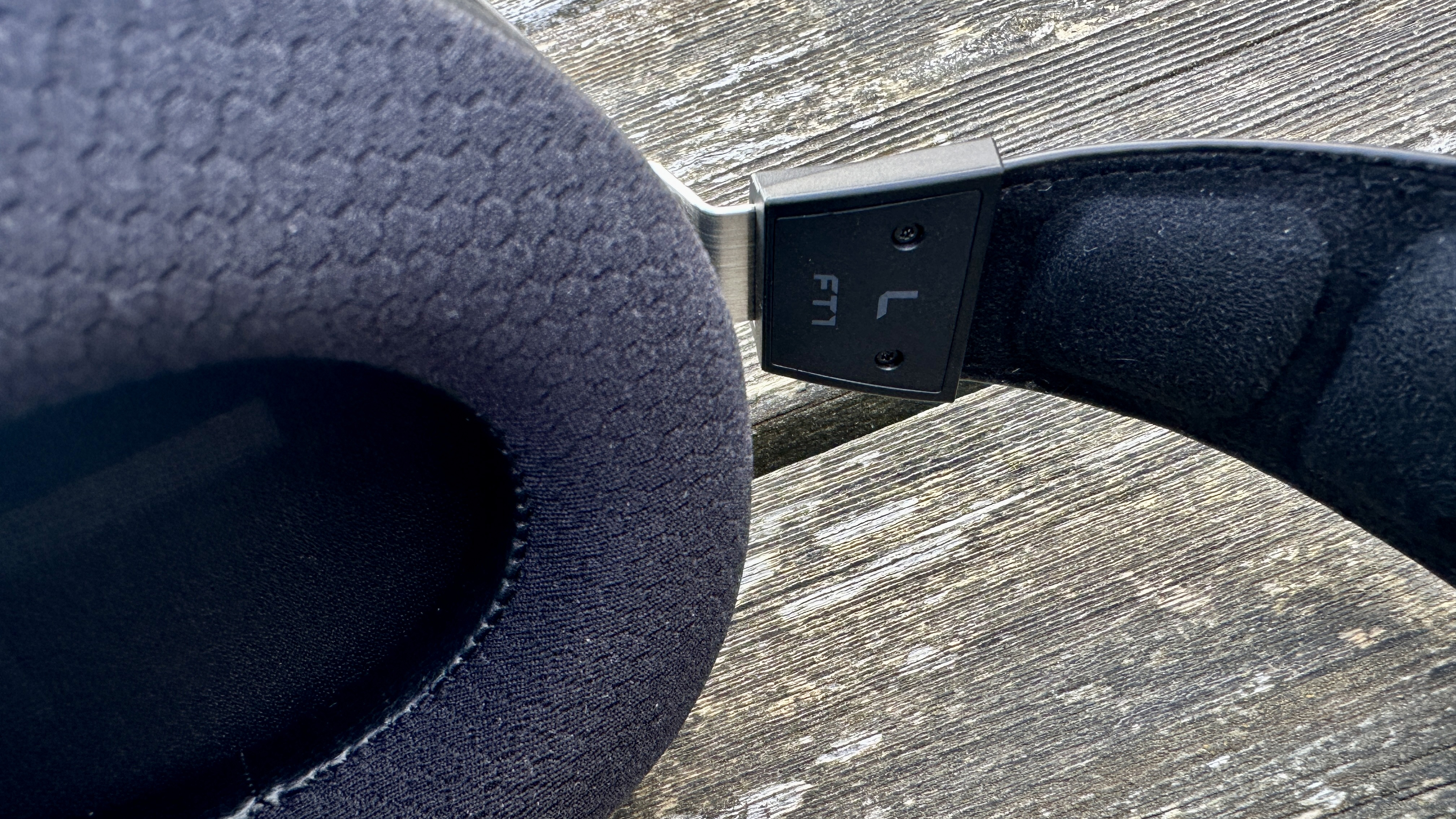
The most immediately striking thing about the design of the FiiO FT1 is the extensive use of black walnut wood for the outer covering of the earcups. The acoustic credentials of wood are long-established, of course, but there’s no denying it makes these headphones look a little more expensive than they are – in addition to promising optimal sonic performance.
Elsewhere, it’s over-ear headphones business as usual. The earcups connect to the pleather-and-fabric-covered headband using slender lengths of metal – there’s a little articulation in a couple of planes, but not enough to allow the FT1 to fold flat. This means their travel case is quite a lot larger than might be considered ideal.
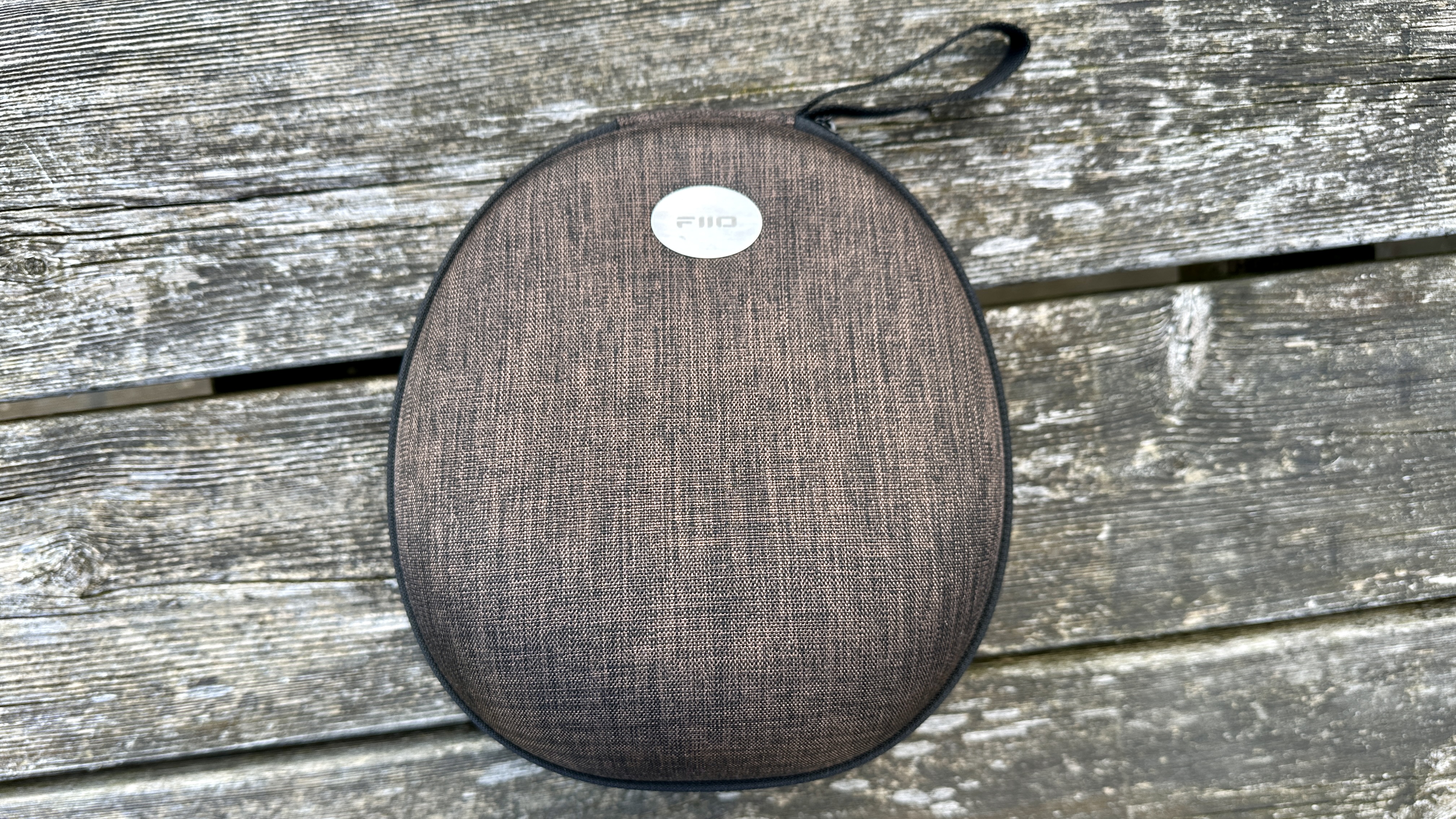
The headband adjustment mechanism is exposed outside the headband – there are 12 steps of movement here, so even though the earcups are pretty big, it should be easy enough to achieve a comfortable fit. Clamping force is nicely judged, and the FiiO wear their 340g weight pretty lightly.
The earpads, too, are on the large side. They’re also covered in a combination of pleather and breathable fabric, and form such a complete seal around the ear that FiiO is claiming class-leading passive noise-isolation of -26dB.
There’s also a spiral-shaped ‘resonance dissipation’ chamber, an acoustic damping tube and some sound-absorbing cotton between the inside of the wooden earcup and the driver itself, helping to contribute to this figure. Which means that the FT1 admit very little external sound in, as well as having the usual closed-back virtue of keeping outward sonic leakage to a minimum.
FiiO FT1 review: Verdict
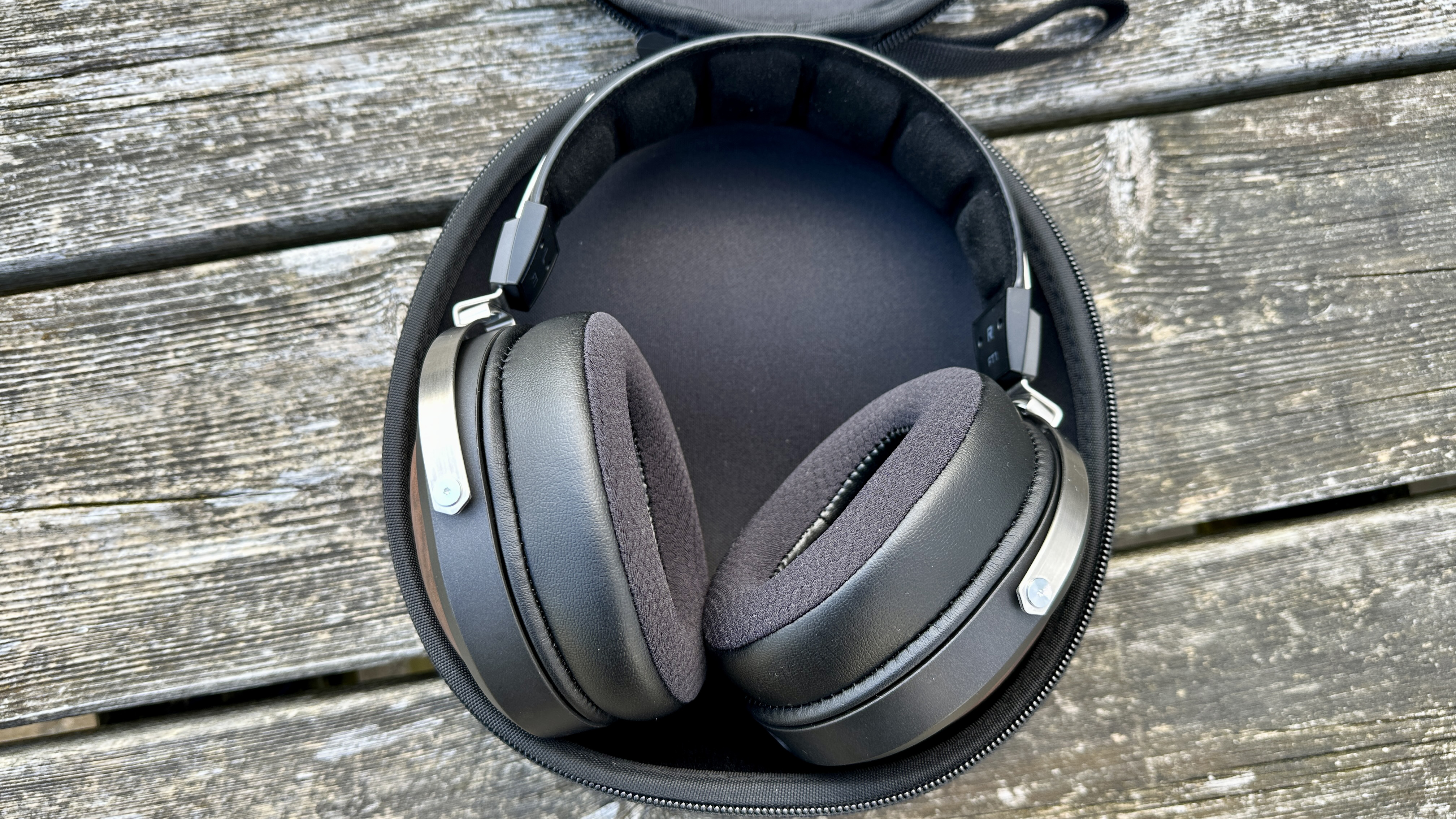
Where the quality of materials, of build and of finish are concerned, the FiiO FT1 has nothing to apologise for. The specification is very competitive, too.
But they are too wedded to their sonic attitude of attack, of directness and of forcefulness, to truly make a compelling case for themselves.
Also consider
The Austrian Audio Hi-X15 can’t hold a candle to the FiiO FT1 where perceived value is concerned, but when it comes to sonic poise and balance and realism, they’re in a slightly different league.
Simon Lucas is a freelance technology journalist and consultant, with particular emphasis on the audio/video aspects of home entertainment. Before embracing the carefree life of the freelancer, he was editor of What Hi-Fi? magazine and website – since then, he's written for titles such as Wired, Metro, the Guardian and Stuff, among many others. Should he find himself with a spare moment, Simon likes nothing more than publishing and then quickly deleting tweets about the state of the nation (in general), the state of Aston Villa (in particular) and the state of his partner's cat.
You must confirm your public display name before commenting
Please logout and then login again, you will then be prompted to enter your display name.
